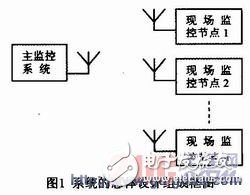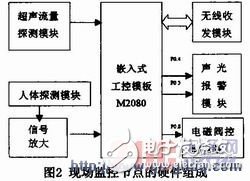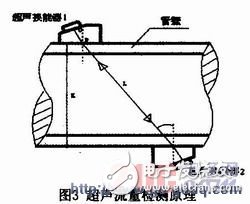In recent years, various leak detection systems have emerged both domestically and internationally, playing a significant role in identifying water leaks in main water supply pipelines. For instance, the leak detection system developed by Kay Company in the U.S. is highly effective, but its high cost and large size make it unsuitable for widespread use in households and small-scale units. Similarly, the F-series leak detection equipment from a Chinese company lacks network connectivity and does not support features like phone calls, SMS alerts, or email notifications, which severely limits its application scope. As a result, there is a strong need to develop a low-power, cost-effective device that can be widely adopted by individuals and organizations. This kind of system would be especially useful for detecting leaks near the water supply terminal, helping to prevent accidental damage and ensuring timely maintenance, thus avoiding unnecessary waste of water resources.
**1. System Networking and Overall Design**
The system networking consists of a central monitoring module and multiple on-site monitoring nodes, forming a comprehensive water leakage monitoring network. The central monitoring module receives and processes data, triggering alarms through methods such as telephone dialing, SMS alerts, and sound/light signals, ensuring quick response and repair. The on-site monitoring nodes are responsible for accurately detecting and identifying the location of leaks at the water supply terminal. When a leak is detected, the data transmission module sends an alert to the central system, which then notifies maintenance personnel. The overall system design is illustrated in Figure 1.



Ceramic Parts,Advanced 95 Ceramic Materials,High Strength Ceramics,Durable Ceramic Components
Yixing Guanming Special Ceramic Technology Co., Ltd , https://www.guanmingceramic.com
